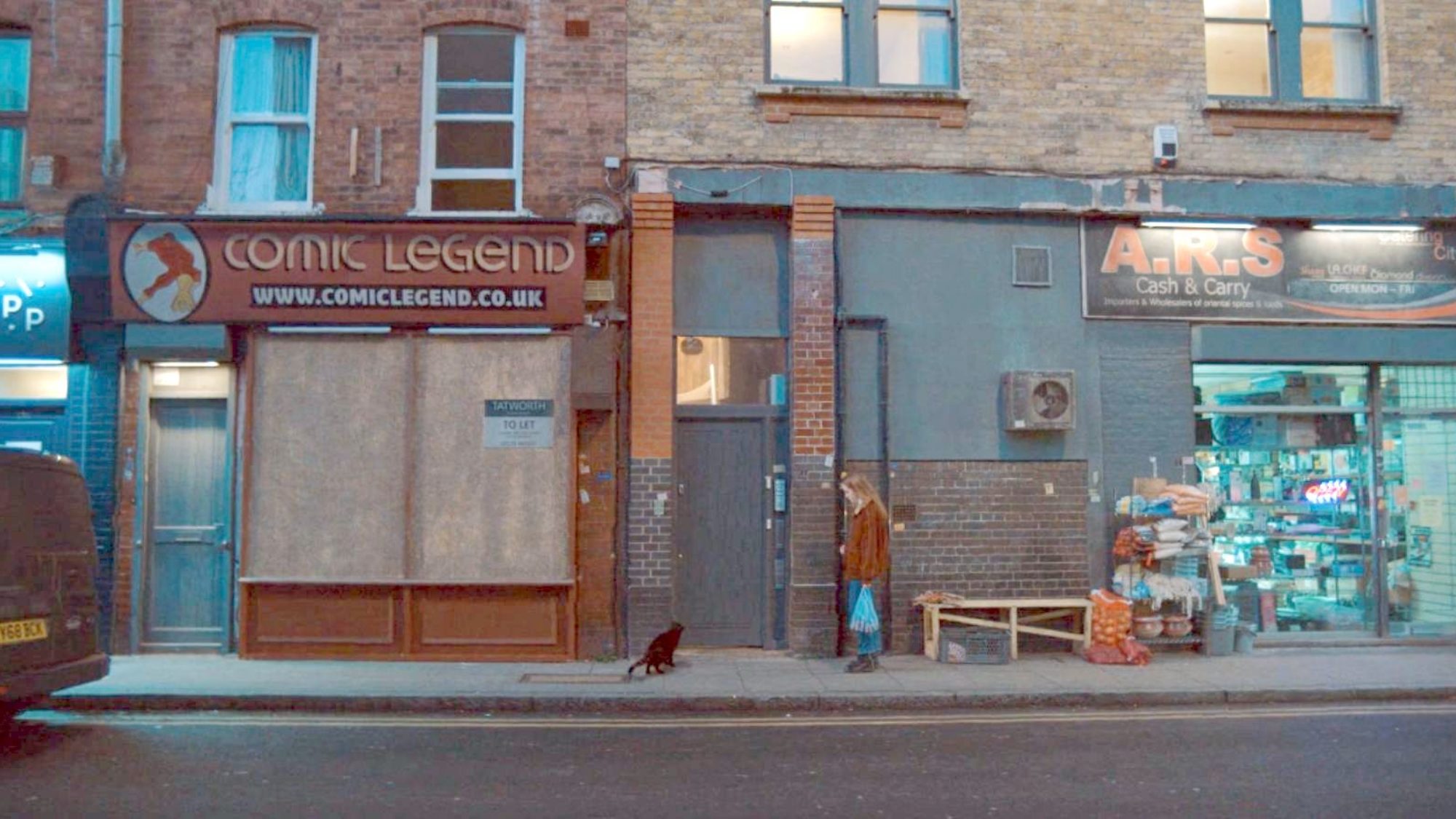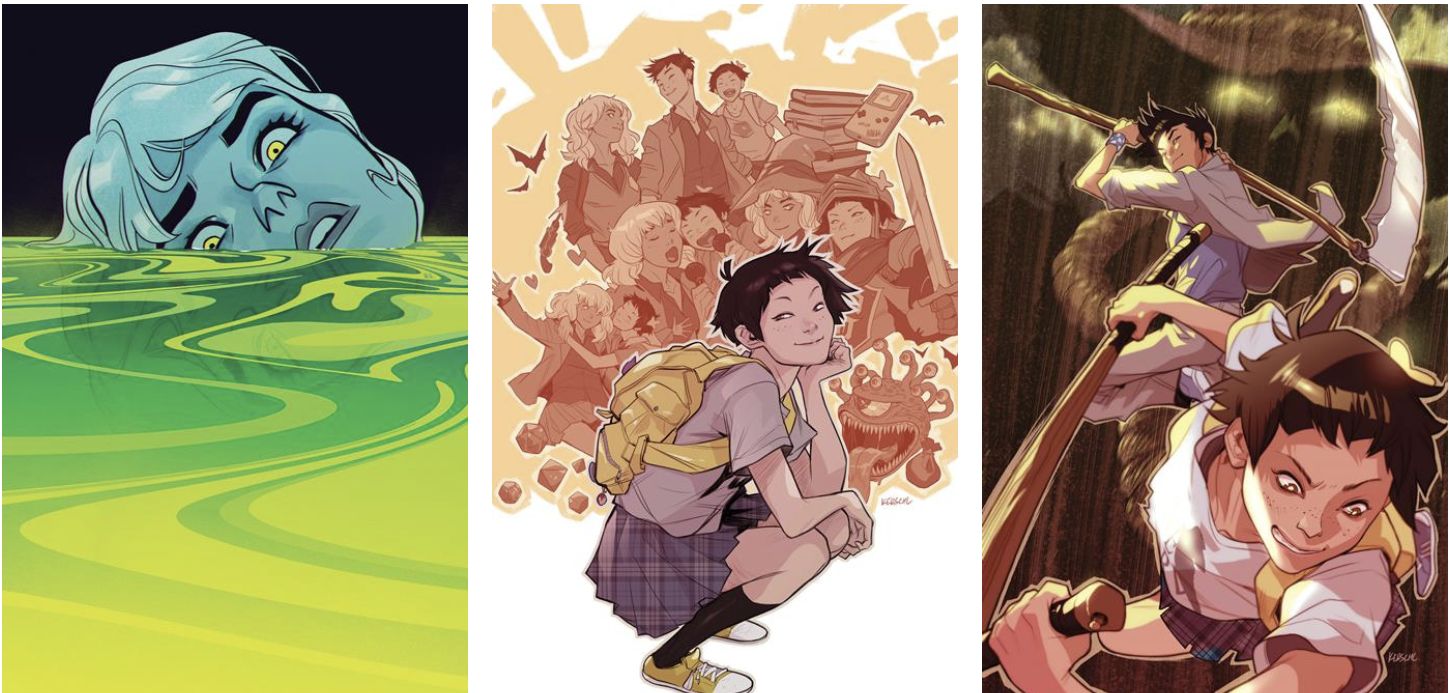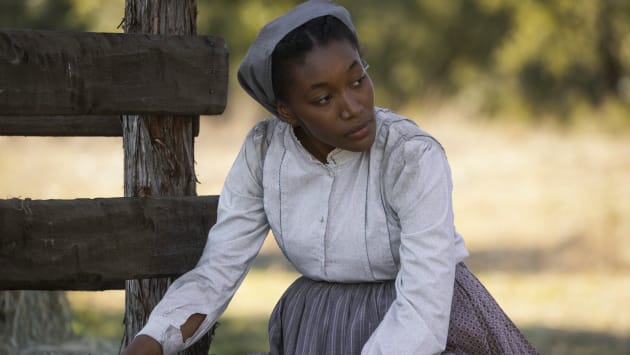Posted in: Comics, Comics Publishers, Current News, DC Comics, Marvel Comics | Tagged: mile high comics, mycomicshop, Summit Comics, variant edition
Yesterday, Bleeding Cool ran a look at the comments of comics store chain owner Phil Boyle about the state of the direct market industry.
Article Summary
Comic retailers discuss industry challenges and adaptation strategies.
Phil Boyle’s direct market concerns lead to retailer insights.
Chuck Rozanski advises on shifting from new comics to collectibles.
Kids graphic novels boom as the new trend in the comic book world.
Yesterday, Bleeding Cool ran a look at the comments of comic book store chain owner Phil Boyle about the state of the direct market comic book industry, the response of fellow retailer Brian Hibbs and a few other comic book luminaries. But there are more retailers with their own particular take on things that are worth reporting as well.

Chuck Rozanski of Mile High Comics
Chuck Rozanski of Mile High Comics had some things to say about all this in his newsletter. Because he sees some of the same problems that Phil Boyle does but has a radically different solution.
“Simply put, new comics are not selling in sufficient quantities these days to allow many comics shops to cover their overhead, so even the most experienced and canny of my retailing friends are starting to feel the economic sting. I just have to shake my head at these cries and lamentations, as I tried to warn everyone about five years ago that it was going to take some outrageously entertaining storylines to keep fans consistently shelling out $3.99 each (or more) for new comics. I personally doubted if that was going to be even possible, so I gently suggested (OK, not so gently…) that all Direct Market comics shops needed to immediately diversify into higher-margin collectibles product. Much scorn was heaped upon me at that time for stating what seemed to me to be quite obvious, but many of my previous detractors have now come around to my point of view, and are scrambling to reinvent themselves on the fly. I wish them nothing but the best in good fortune as they try to adapt to a collecting world that is changing with astonishing speed.”
“I do have to say, however, that I am also aware that there are still a large number of comics retailers out there who want to preserve their business model exactly as it was twenty years ago. To be more specific, these folks are dwelling almost exclusively in the past, wanting 90% (or more) of their weekly sales to come from off-the-rack and subscriber new comics and trade paperback sales. We used to call these retailer’s stores “Diamond Catalog Outlet Stores,” as they were loath to carry anything that they couldn’t preorder through the Diamond Previews wholesale catalog. For many, that strategy worked well for decades, and made their lives quite easy.”
“Today, however, we call those non-adapting comics shops “Zombie Stores,” or (less kindly) “Dead Store Walking…” How can you tell if a store’s business model is already deceased? Just take a look at their new comics racks. If you see new comics stocked in depth, and for more than just a couple of weeks back, they most likely already have (at least) one foot in the grave. That type of gross over-stocking of new issues was a strategy that worked incredibly well when cover prices were under $2, but as cover prices have risen, and as retailer wholesale margins have been gutted by the disintegration of the Diamond monopoly, distributor bills have become the equivalent of the LaBrea tar pits, with innumerable comics retailers slowly sinking into that inexorable, and inescapable, deadly ooze.”
“Now, before you think that I am acting all high-and-mighty, bear in mind that ten years ago I owed Diamond just over one million dollars (much of it in arrears) for our Mile High Comics new comics shipments, and that we were grossing over five million dollars a year just from our sales of new comics and new trades. As lucrative as that business had been for us at one time, I saw the handwriting on the wall as it became increasingly difficult for us to pay our distributor bills. Above all else, it became clear to me that the prodigious cost of our unsold copies was pulling us under. So, I made the gut-wrenching decision to voluntarily give it all up, switching us (gradually) from relying upon new comics shipments to cover our operating expenses, over to relying almost entirely upon sales of collectibles. In just over 120 months, 95% of our new comics business melted away, as did 100% of our Diamond bill. We vaporized a lot of our previous business, but we were also free, free at last!”
“So how are we doing now? Pretty darn well. Our overall gross sales are down since abandoning new comics, but our operating margins are way up. Of even greater importance is that our newly-generated increase in margins comes without the horrible hidden cost in unsold product that is currently pandemic within the new comics world. To be clear, we are still selling several hundred thousand dollars per year in new comics, but only on a guaranteed sale basis, with very few speculative copies being purchased for our new comics racks.”
“This lack of new comics on our Jason St. racks has caused quite a few of our local fans to shift their weekly business to other stores, but we really don’t mind their departure. Simply put, we’ll gladly let other retailers take on the risk of guessing what these folks might, or might not, wish to buy. We realized long ago that there is no way that we can afford to take on that staggering degree of risk. Instead, we decided to concentrate our efforts on doing a really great job for our subscribers, while simultaneously purchasing an incredibly broad spectrum of really cool collectibles that our local fans might like to buy from us during their periodic visits to Jason St. That strategy had been universally well-received, and is precisely what allowed us to (eventually) pay off all of our bank and vendor debt.”
Chuck has done well with a history of zigging when others zagged. But if, as he suggests, everyone zigs as he does, will that reveal a market for those who might zag?
Buddy Saunders of MyComicShop.com
Now what is Buddy Saunders saying on his retailer newsletter? Surely he will want to weigh in to such a thorny issue
“Every year, Judy and I get a flu shot. Judy also got the newest Covid booster, but Buddy is having none of it. The original and often lethal Covid, in part funded with our tax dollars by Anthony Fauci in a Chinese communist laboratory, has morphed into something very much milder…. What if Islam had never come into the world? The sword of Islam spread, beginning in the seventh century, from the Holy Land east deep into India, and west as far as Spain before it was repulsed by Christians”
Regan Clem of Summit Comics
While Regan Clem, comic shop owner of Summit Comics & Games, in Michigan and a local pastor, sees political issues just as Phil Boyle did,
“Entertainment, comics, and reality. Trump is polling higher than Biden in the 18-34 demographic. Yet the entertainment industry including comics wants to pretend this isn’t reality. No matter how it may not make sense to some or how much they want it to not be reality, it is. We live in a nation where Trump is currently polling better than Biden, yet we operate in an industry where that half of the nation is anathema. Almost feels hated in a way. The industry pretends they don’t exist. And sadly, my real world is 80% that half. I presume content is more of what 35-60 year old ladies who don’t read our product want, instead of what would actually sell.”
Brandon Schatz of Variant Edition
Brandon Schatz and Danica LeBlanc run the comic store Variant Edition in Edmonton, Alberta. Brandon wrote a long piece for The Comics Beat and added some offcuts for his Substack, which countered many of Phil Boyle’s points, but also looked at a market that is booming, kids graphic novels, and their participation in those sales.
“A week ago, we were at a local school running one of our semi-regular graphic novel book fairs. We run them much like a Scholastic book fair, curating a selection of books for different reading and interest levels, and inviting classes to visit over the course of the day. They are always a great experience, and last week’s was no different. Near the end of each block, kids sat along the edges of the space provided, already several pages into their new (or old) favourite. We brought along some leftover FCBD and Halloween Comic Fest books for those who might not be able to afford a full book. Not a single one of them wondered why we had a diverse product base. We have also yet to get a complaint from a parent about the content the kids put in their hands – and the stories happening in juvenile and young adult graphic novels puts mainstream superhero comics to shame when it comes to a diversity of topics and protagonists. You can say that might be location based, but we are neck deep in Alberta, which at this point might as well be Canada’s Florida for its politics and policies.”
Whether or not politics belongs in comic books may be at issue, though I find any kind of art to be political to some degree, and any story told with passion to be evangelising something if you look hard enough. Seriously, Paddington Bear was always pro-immigrant acclimatisation, the Thomas The Tank Engine books get more and more dedicated to pushing an anti-British Rail agenda for abandoning steam trains, and The Wizard Of Oz is all about abandoning the gold standard. But I am perfectly happy with never knowing the politics of any comic book store owner.
As to everything else, markets change and always did. Comic books were a massively changeable beast until the direct market came along and preserved some of it in amber. That amber has now cracked and the biggest boom is in kids graphic novels. Bookfairs and bookshops are the new newsstands. Who knows what they’ll want to read in twenty years’ time?
Enjoyed this? Please share on social media!
Stay up-to-date and support the site by following Bleeding Cool on Google News today!







